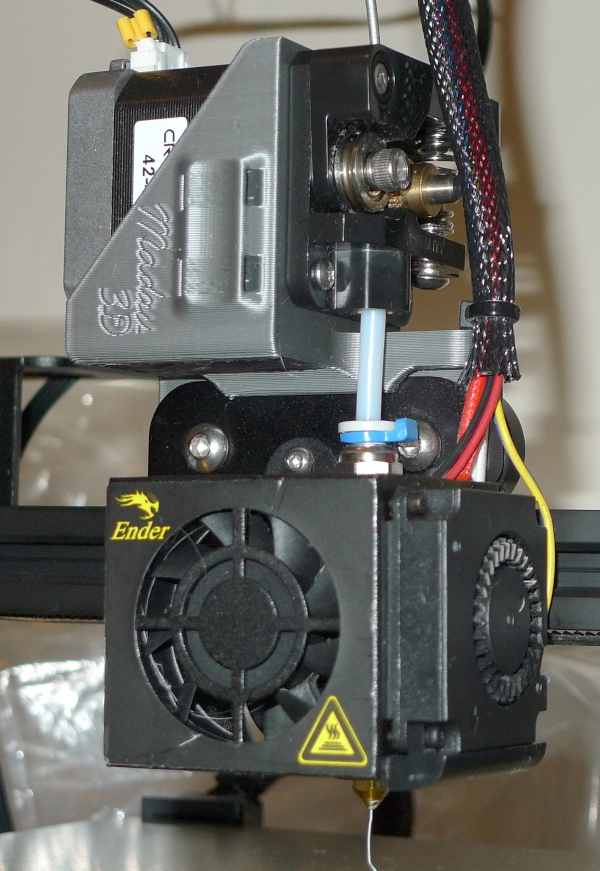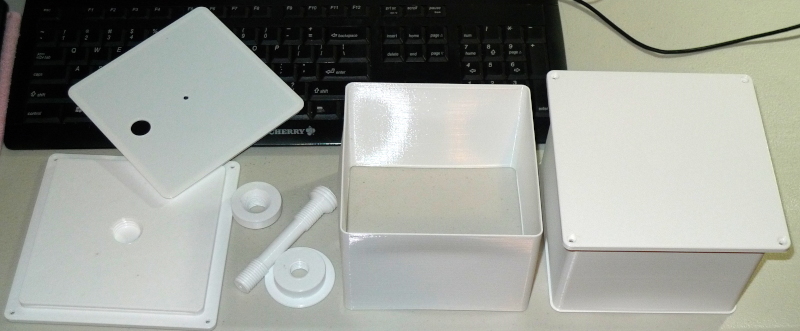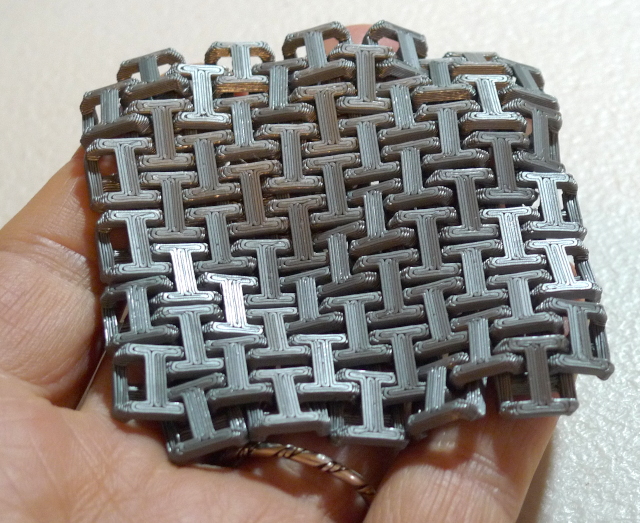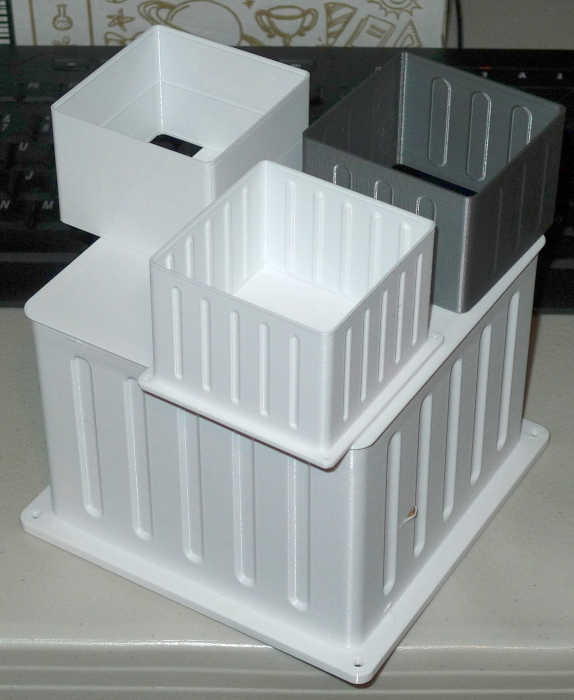"Working with my D-Lev has upended what I thought I understood about the effects of bulk capacitance from nearby metal swamping out the variable capacitance presented by the player. Even though there is nothing mystical going on it's pleasantly surprising behavior when compared to how problematic the environment can be for analog theremins."
"I've been clipping shunt capacitances onto the pitch element that would shut down my Etherwave or Subscope, yet the D-Lev plays just fine after running ACAL and sometimes adjusting linearity or other parameters. - pitts8rh
Analog Theremins with EQ coils have a double resonance, so their tuning can be disrupted by variations in the environmental capacitance. This is a huge reason to avoid EQ coils in both analog and digital instruments (unless you have an easily adjustable C trimmer right at the antenna, and even then no thanks).
"A while back I described how there seemed to be an interaction barrier somewhere within the body of my D-Lev Pro, roughly aligned with the center of my vertically-oriented enclosure. To the pitch side of this barrier there is almost no influence on volume, and more importantly the volume hand has no effect on pitch until you move past this wall. With my analog theremins I can always hear some volume influence on pitch (mostly at low pitches of course), but the D-Lev seems much more non-linear as you move your volume hand closer to the pitch side."
"Just goofing around with this one morning I brought my two hands closer together on either side of this barrier or wall of separation as I was playing. It was ridiculous. I had my two hands maybe 8-10 inches center to center and it played just fine with very little cross controlling."
What you describe may simply be the bulk C of your body changing? Hands very near antennas tend to give the entire body a lower resistance to ground (terminate more C field lines) and so could lead to axis interaction - perhaps your D-Lev volume axis is adjusted so that your volume hand is playing somewhat farther away than it does for your analog Theremins?






